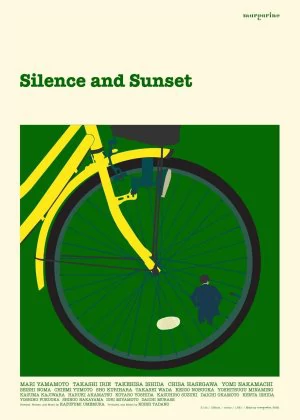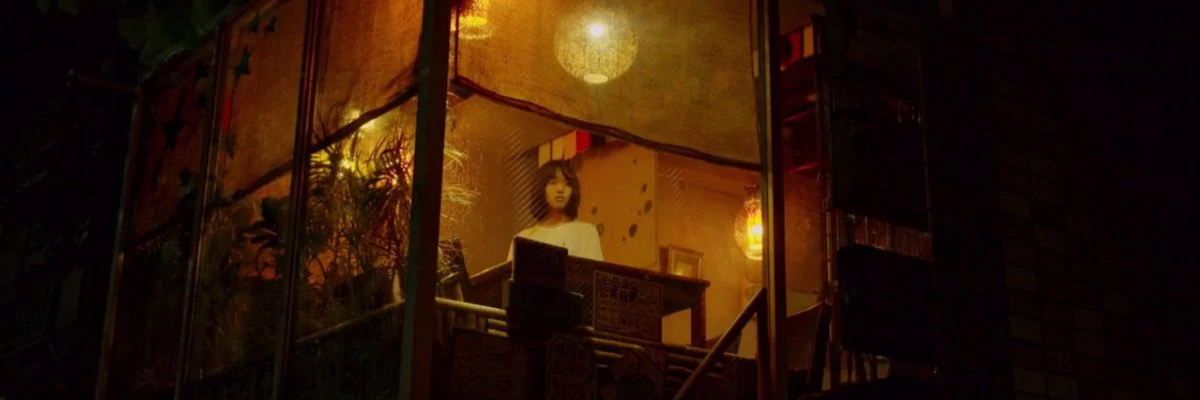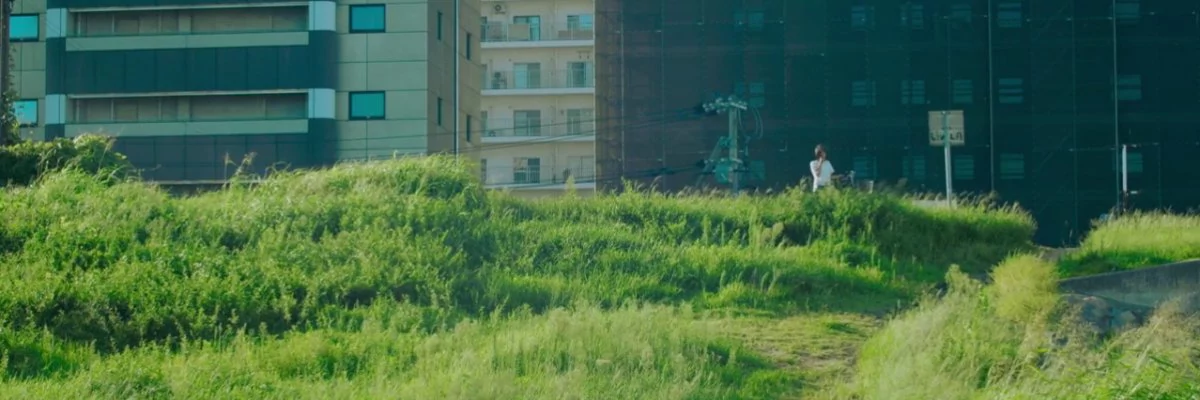Silence and Sunset

Even though Japanese live-action cinema has largely disappeared from the public eye this past decade, there has been no lack of decent dramas and quirky, off-kilter genre films. One niche that hasn't fared quite as well is the core arthouse film, which is probably why the West lost track so easily. Kazufumi Umemura's Silence and Sunset makes this abundantly clear. Umemura serves pure and unfiltered mood cinema that foregoes an easy narrative, favoring impressions and atmosphere. The film functions as a welcome reminder that Japan is capable of acing films like these when it cares to make the effort.

One probable reason for the lack of films like Silence and Sunset is that Japan doesn't really need international attention to keep its cinema relevant. Its domestic performance is as strong as ever, which removes the pressure to score cinephile credit elsewhere. The few directors who persevered are either remnants of the 2000 genre boom (think Kiyoshi Kurosawa), or more conventional drama directors like Hirokazu Koreeda. While some might consider their work arthouse merely because of their Japanese-ness, their films aren't really that challenging when it comes to form or pacing.
Silence and Sunset is a more explicitly minimalist and contemplative effort, a film that doesn't feel the need to introduce its characters, explain their relations and underline their goals or growth. Instead, Umemura catapults you into the film and leaves you to observe the characters for yourself, forcing you to draw your own conclusions. The slow pace becomes instrumental, as small gestures and postponed reactions help to build the profiles of each character. Either it captivates you and the film will be a clear winner, or it doesn't, and you'll be left bored to death.
For the most part, there isn't much in the way of an actual plot, just characters hanging around and going about their usual business. A young girl who aspires to be a writer hangs out with a homeless man who spends his time sitting on the river bank. She works in a café to support herself and reaches out to the people around her, but meaningful social contact feels forever out of reach. A sliver of intrigue is added during the second half (when she discovers a corpse), but this is never really exploited as a true story element, it's just a catalyst for changed dynamics and new social contacts.

A film like this relies heavily on its styling to keep people engaged, and Umemura delivers. Silence and Sunset certainly doesn't feature the most original cinematography, favoring long takes and deliberate camera work over more dynamic cinematographic styles, but the framing is immaculate and the crisp use of light and color adds a lot to the visual appeal. The visual pacing helps to put you into a more contemplative headspace, though in the end I would've preferred a few more landmark shots, to further set itself apart.
The soundtrack follows the same approach as the visuals. The soft piano tunes and lingering ambient tracks aren't anything new for people who like a good arthouse film, but the execution is definitely on point. The music is very calming, it actively helps to direct the atmosphere, and it's an essential part in getting the viewer in the right mood for this type of film. What is a nice touch is that Umemura wrote the music himself, usually a good sign for a film that puts a lot of weight on styling and mood. A fine soundtrack, just don't expect to be blown away.
Umemura works with a pretty inexperienced cast, but he coaches them well, and familiarity isn't always a blessing when making these kinds of films. Mari Yamamoto is the clear star of Silence and Sunset. Though she lacks any prior acting credits, her performance is powerful, captivating and oddly endearing. It does help to be familiar with the introverted and stilted style of acting prevalent in Japanese dramas, otherwise her character may be a little hard to read, then again that's part of the strength of this film. The rest of the cast is solid, just not quite as present.

There's very little in the way of plot and plot progression, and whatever there is requires quite a bit of cut-and-paste effort from the audience. I guess it's okay to be a little lost while watching, just know that Umemura does offer a quick recap of the story during the end credits. It's not necessarily all that revealing, but it does offer some extra guidance for those wondering whether the connections they made while watching weren't entirely fabricated inside their own heads. Again, if you're going to be too worried about plot or narrative goals, this probably isn't the film for you.
It took me a little time to grow accustomed to the rhythm of the film. While Umemura doesn't necessarily make it easy on the viewer, he did make a considerable effort to fine-tune the stylistic elements, making the film a great deal more accessible. The beautiful cinematography, the stylish score and the raw performances make for a powerful and entrancing experience, establishing Umemura as a potential future stronghold of Japanese arthouse. Getting your hands on Silence and Sunset may be a bit trickier, but if you love a good arthouse flick, it is certainly worth the effort.